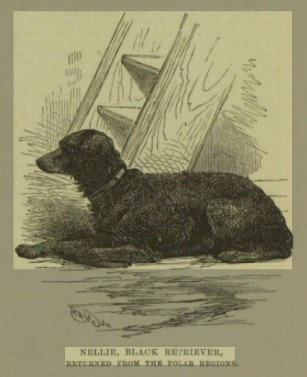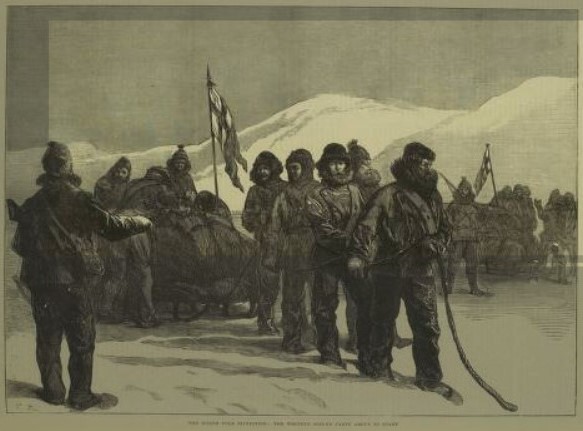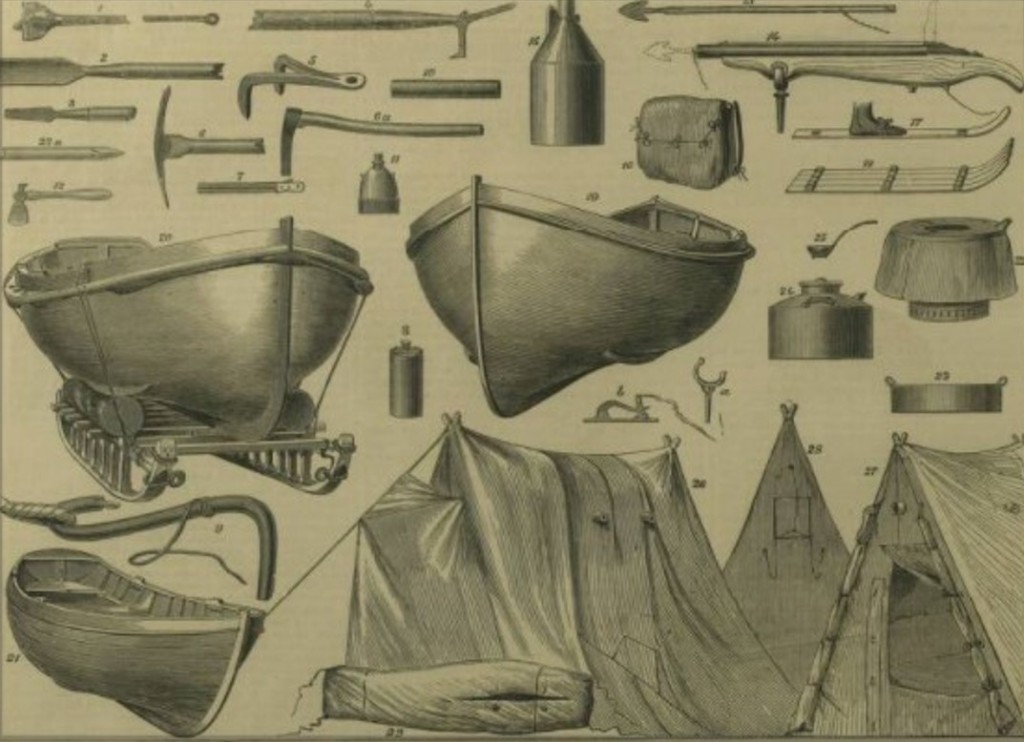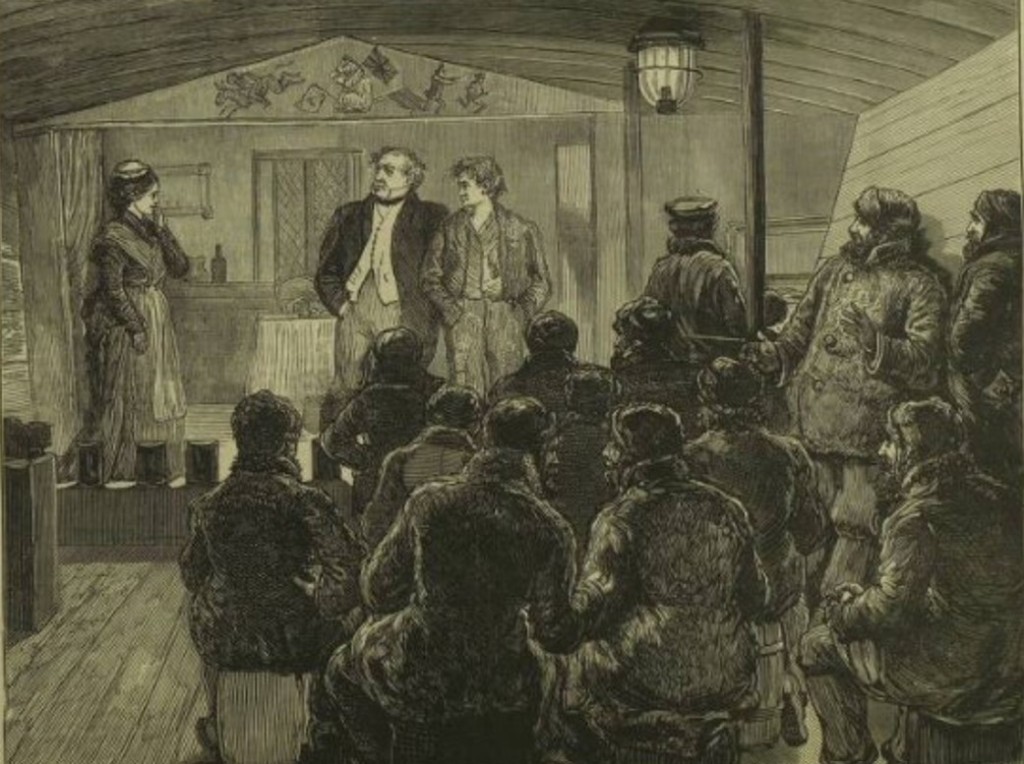Three weeks into the new year and Christmas and 2021 already seems the distant past. A new year brings new hopes and plans, not least of all a Covid-free one where holidays and meeting up with friends and family can be carried out without the fear of cancellation. The past couple of years have been challenging and difficult for many people and blogging topics sometimes reflected this as well as the importance of family. Few people can be as tough and courageous as one of my ancestral cousins nor as unfortunate for another to be remembered because of his underwear. There were trials and tribulations for the people of Chipping Norton too, the nearest town to my secret valley and, elsewhere in the Cotswolds, the building of a great country estate to provide training in endangered skills for local people. These stories are a reminder that however large the challenge or the struggle, the end result is more often, very worthwhile.

In July I wrote about the extraordinary story of Welsh vagrant Glyndwr Michael who famously became known as ‘The Man Who Never Was’. His body was used in an elaborate hoax to fool the Germans during WW2. The ruse worked, saving many lives, partly thanks to the use of my cousin’s underwear. Sounds intriguing? Well, if you want to discover why and also how my Polish grandmother fits into the plot you will need to click on the link here to read all about it.

August and September was also a tale of an ancestral cousin who in the May of 1875 set sail for the Arctic. As bizarre as it seems now, the expedition was searching for a ‘lost Eden’. for there was a popular belief that beyond the ice, at the North Pole, they would find a sub-tropical paradise. The expedition created worldwide interest and excitement and was widely reported in the newspapers. When the Royal Family began to take an interest, huge crowds descended on Portsmouth eager to see not just the Queen but ordinary members of the crew. My cousin, John Langston Saggers, a young man aged just 23, could have experienced nothing like it before as they were wined and dined and with no expense spared. To read about the preparation for the voyage and to discover the personal gift from a Royalty concerned that the men may suffer from cold ears click on the link here.


When the ships became icebound, they had to sit out the Arctic winter in total darkness. That, however, did not stop the men from making the most of what they had. Aboard ship they had a full-size theatre where they produced plays and outside on the ice, despite the freezing temperatures and inadequate clothing they created a skating rink and played hockey. Their heroism – and despite (unsurprisingly) not finding a warm paradise – the men returned home to a hero’s welcome. However, the star of the expedition wasn’t human at all. To find out about Nellie and how she very nearly became a coat for an Eskimo chief’s wife click on the link here.


Next month will be the 150th anniversary of the Great Fire at Chipping Norton, one of the gateway towns of the Cotswolds. Although not as popular with tourists as some of the ‘chocolate box’ villages and towns in the region, it boasts one of the Cotswolds most iconic images – that of Bliss Tweed Mill. The mill, that has become so well-known now, rose like a phoenix out of the ashes of the earlier mill which was razed to the ground early one February morning. The story of the fire and how the mill was rebuilt to exacting standards in less than two years is told in October’s blog post. Built to resemble a great house with the most modern technology of the day, it was the pride of the town. The jubilation wasn’t to last and a strike was called which took eighteen months to break. You can read all about the mill and see through numerous photographs how it has been transformed into luxurious apartments; a haven of peace and tranquillity within the town centre by clicking on the link here.

For November, we remained in the Cotswolds to explore the creation of another outstanding property and its gardens. In 1906, Claud Biddulph commissioned the building of a house with “the feel of a cottage in the country”. In so doing, he created one of the finest Arts & Crafts house in Britain, albeit one with seventy-four rooms, so hardly a cottage! Every item used in its creation and furnishing had to be of the best quality and hand-made; one of the reasons why the house took so many years to complete and why it is so exceptional today. Part of the house was dedicated to teaching local people the dying skills required and, more than an hundred years later, craft workshops and exhibitions are still held there. Open regularly to the public so why not take a tour of the house and garden? If you can’t visit physically, you can do so digitally by clicking on this link here.

And so we come to December, the year end and the start of this review – you can read what happened during the months of January to June by clicking the link here. I hope that your 2021 hasn’t been too troublesome – now the year is past we can look forward to this one with renewed hopes and aspirations. No doubt there will be challenges ahead but as we know from our own experiences, as well as hearing of those of our ancestors, life continues apace regardless. Sending all my readers, wherever you are in the world (and, my goodness, you’re a scattered bunch!) best wishes for 2022 and with the hope that it will be a happy and healthy one.













